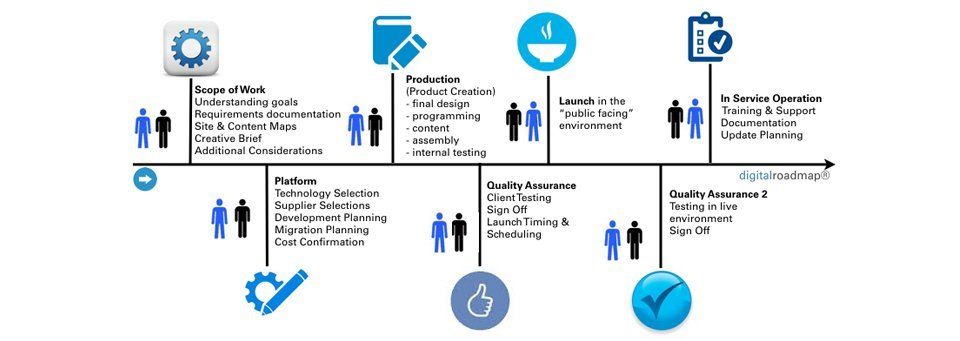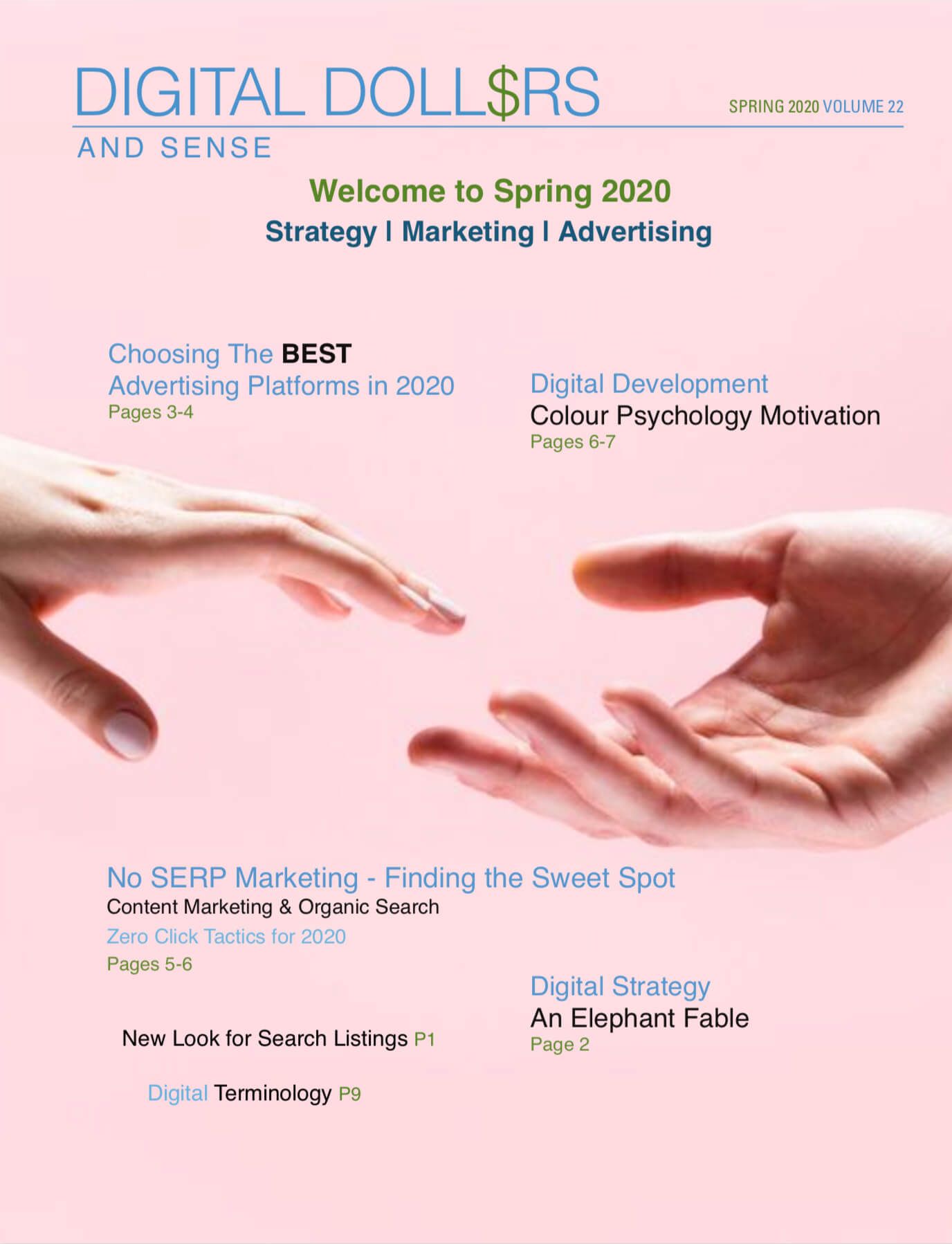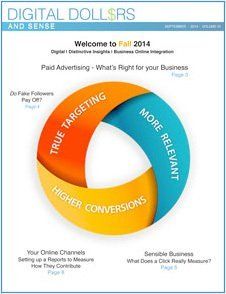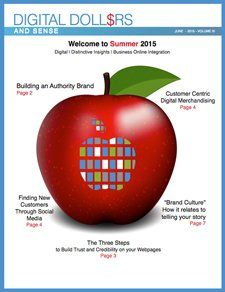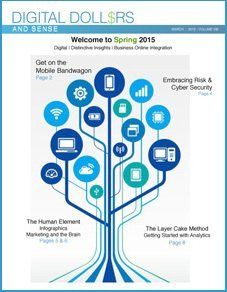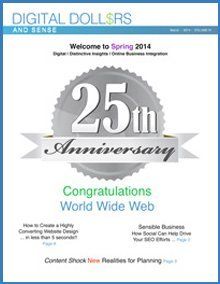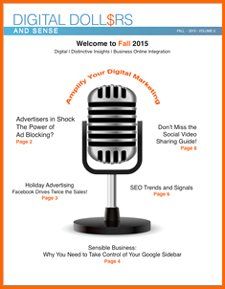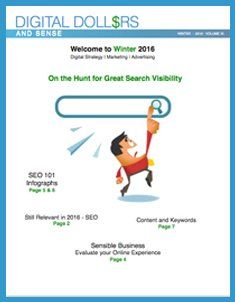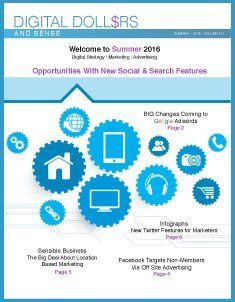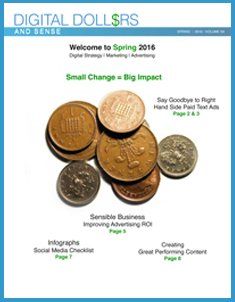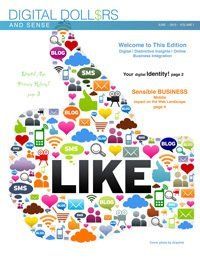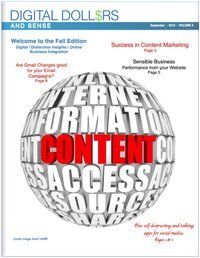Digital Development
Digital Development
Digital Development

Marketing Technology
Supports the creation of digital experiences - websites, mobile sites, responsive design, landing pages, social channels, apps, analytics...
all things digital.
Concentric
Helps you deliver your vision with confidence.

Work With Our
Structured and Proven digitalroadmap® development process.

To deliver your next product accurately, on time and on budget.

Your Project
Receives our loving care & attention together with professional project management and communications.

You're Guaranteed
Digital opportunities that satisfy your customers & help promote and differentiate your brand.

Concentric
Delivering digital experiences that have a positive impact on your business.
- A structured digitalroadmap® development process
- Creation of responsive web pages and landing page optimization
- Mobile website development
- Social channel development
- E-commerce development on multiple platforms
- Custom analytics implementations
- Email marketing program development

Marketing Technology
Supports the creation of digital experiences - websites, mobile sites, responsive design, landing pages, social channels, apps, analytics...
all things digital.
Concentric
Helps you deliver your vision with confidence.

Work With Our
Structured and Proven digitalroadmap® development process.

To deliver your next product accurately, on time and on budget.

Your Project
Receives our loving care & attention together with professional project management and communications.

You're Guaranteed
Digital opportunities that satisfy your customers & help promote and differentiate your brand.

Concentric
Delivering digital experiences that have a positive impact on your business.
- A structured digitalroadmap® development process
- Creation of responsive web pages and landing page optimization
- Mobile website development
- Social channel development
- E-commerce development on multiple platforms
- Custom analytics implementations
- Email marketing program development

Marketing Technology
Supports the creation of digital experiences - websites, mobile sites, responsive design, landing pages, social channels, apps, analytics...all things digital.

Concentric
Helps you deliver your vision with confidence.

Work With Our
Structured and Proven digitalroadmap® development process.

To deliver your next product accurately, on time and on budget.

Your Project
Receives our loving care & attention together with professional project management and communications.

You're Guaranteed
Digital opportunities that satisfy your customers & help promote and differentiate your brand.

Concentric
Delivering digital experiences that have a positive impact on your business.
- Structured digitalroadmap® development processes
- Creation of Responsive Web Pages and Landing Page optimization
- User Experience research and design
- Mobile Website development
- Social Channel development
- Ecommerce development on Multiple platforms
- Custom Analytics implementations
- Email Marketing programs
- Professional Project management
Digital Development Overview
- Strategy Check– It’s important to confirm the purpose of your efforts, how these efforts integrate with your business, how you will measure success, and how much money you plan to allocate to your one-time build costs, updates, and to keeping your audience informed of updates.
- Documentation– In order to match your your needs, you need to articulate your business requirements beforehand – including your business goals, defining your audience, your messages about products and services, your 15-second “elevator” pitch, what graphic elements are critical to display and how you plan to measure success. The documents often used to articulate this information include:
- A business brief
(identifying the purpose and goals of the site, your unique selling proposition, calls to action, and keywords associated with your business)
- A creative brief
(identifying your audience, naming/brand and critical graphic and design elements)
- A product brief or specification
including a site map (identifying the how the product should function)
- A content map
(identifying the type of content within the sections of the product)
- A portfolio of other similar products, services or apps you’d like to emulate
- A list of additional considerations
not covered in your documents (examples: how you intend to manage content updates, database integration, what you’d like to measure, and connections to other systems)
- Supplier selection– With your requirements in hand, you are now able to assess what type of suppliers (content management systems, social network, payment gateways, e-commerce engine, operating system, etc.) can best meet your needs.
- Production– It’s time to begin creating and assembling your new digital product. These are usually created with three parallel processes taking place (even if all three are carried out by one person):
- Selection and/or design of graphics
(look and feel) - sometimes initially done through a wireframe layout.
- Creation of all the detailed content
you will require, including copywritten text, specific images, video, links, detail on form fields, calls to action, etc. This information is assembled in a content deck.
- Assembly of the technology
infrastructure (server or cloud service, content management, integration with new or existing systems, development platform, responsive or not).
- Functional and quality review:
Once your product is assembled, you will want to test each “page” and “function” using multiple browser types, and multiple screen formats (for desktop, tablet and mobile use) to ensure that everything works and it represents your business professionally. You can refer to a product Best Practices Checklist as a starting point for internal functional and quality testing. Once complete, it’s good to ask a few customers or neutral third parties to provide you with comments before you launch. At this point, and if applicable, you also want to do an SEO (meta data, title tags, site maps, 301 redirect list, etc) check to make sure your product is optimized for search engines. You also want to be sure that digital analytics software is in place so you can track product use for opportunities and for continued optimization.
- The launch– This is a critical step. Parallel marketing planning for the launch should start at the beginning of the production phase. If you have an existing product, it’s important to alert customers of upcoming changes. In any case, a site launch provides an opportunity to engage with your customers and continue to build relationships. Consider a preview launch or soft launch, if possible, prior to issuing public communications, so you can ensure that all last-minute changes have been identified. However, if you miss some small items, don’t be too concerned – small things are easy to fix any time, and ongoing maintenance is a must. The ability to keep editing and building on your analytic data and insights is one of the great benefits of using digital media.
Digital Development Overview
- Strategy Check – It’s important to confirm the purpose of your efforts, how these efforts integrate with your business, how you will measure success, and how much money you plan to allocate to your one-time build costs, updates, and to keeping your audience informed of updates.
- Documentation – In order to match your your needs, you need to document your business and product requirements beforehand – including your business goals, defining your audience, your messages about products and services, your 15-second “elevator” pitch, what product features, functions and graphic elements are critical to your product and how you plan to measure success. The documents often used to articulate this information include:
- A business brief (identifying the purpose and goals of the site, your unique selling proposition, calls to action, and keywords associated with your business)
- A creative brief (identifying your audience, naming/brand and critical graphic and design elements)
- A product requirements document with a site map (identifying page and section features for your site content)
- A content map (identifying the type of content within the pages and sections of the product)
- A portfolio and/or examples of other similar products, services or apps you’d like to emulate
- A list of additional considerations not covered in your documents (examples: how you intend to manage content updates, database integration, what you’d like to measure, and connections to other systems)
- Supplier selection – With your requirements in hand, you are now able to assess what type of suppliers (content management systems, social network, payment gateways, e-commerce engine, operating system, etc.) can best meet your needs.
- Production – It’s time to begin creating and assembling your new digital product. These are usually created with three parallel processes taking place (even if all three are carried out by one person):
- Selection and/or design of graphics (look and feel) - sometimes initially done through a wireframe layout.
- Creation of all the detailed content you will require, including copywritten text, specific images, video, links, detail on form fields, calls to action, etc. This information is assembled in a content deck.
- Assembly of the technology infrastructure (server or cloud service, content management, integration with new or existing systems, development platform, responsive or not).
- Functional and quality review: Once your product is assembled, you will want to test each “page” and “function” using multiple browser types, and multiple screen formats (for desktop, tablet and mobile use) to ensure that everything works and it represents your business professionally. You can refer to a product Best Practices Checklist as a starting point for internal functional and quality testing. Once complete, it’s good to ask a few customers or neutral third parties to provide you with comments before you launch. At this point, and if applicable, you also want to do an SEO (meta data, title tags, site maps, 301 redirect list, etc) check to make sure your product is optimized for search engines. You also want to be sure that digital analytics software is in place so you can track product use for opportunities and for continued optimization.
- The launch – This is a critical step. Parallel marketing planning for the launch should start at the beginning of the production phase. If you have an existing product, it’s important to alert customers of upcoming changes. In any case, a site launch provides an opportunity to engage with your customers and continue to build relationships. Consider a preview launch or soft launch, if possible, prior to issuing public communications, so you can ensure that all last-minute changes have been identified. However, if you miss some small items, don’t be too concerned – small things are easy to fix any time, and ongoing maintenance is a must. The ability to keep editing and building on your analytic data and insights is one of the great benefits of using digital media.


